Why you can trust Sunlight Media
- Expertise and Experience:Our content is crafted by seasoned professionals with extensive experience in digital marketing, ensuring you receive accurate and actionable advice.
- Unbiased Information:We provide impartial insights and recommendations based solely on what's best for your business, without any hidden agendas or promotions.
- Thorough Research:Our articles are backed by comprehensive research and the latest industry trends, ensuring you stay informed with reliable and up-to-date information.
- Transparency and Honesty:We believe in complete transparency. We disclose our sources, methodologies, and any potential conflicts of interest, so you can trust the integrity of our content.
- Continuous Improvement:We constantly review and update our content to reflect the latest developments in digital marketing, so you always have access to the most current and relevant information.

As we push further into 2023, the realm of graphic design continues to evolve, introducing us to an array of new aesthetics and revivals of old ones. This year’s trends are a testament to the ever-changing visual language that shapes our perceptions and interactions with the world.
Here, we delve into the top graphic design trends shaping the future of creativity and visual aesthetics, from mysticism and punk revival to risoprint reimagined and beyond.
Mysticism
One of the most intriguing graphic design movements of the year is the rise of mysticism. This trend sees graphic design drawing heavily from elements of astrology, divination, symbolism, and the occult. Designers are increasingly incorporating mystical symbols and astrological signs into their works, creating a sense of wonder and intrigue. The use of mystical elements not only adds a layer of complexity to the design but also connects with audiences on a deeper, more personal level.
Risoprint Reimagined

This trend blends the tactile quality of risoprint with the precision of digital printing, resulting in designs that are both modern and nostalgic.
Abstract graphics with a vintage flair have become particularly popular, marrying the past and the future in one design.
Retro Line Art
Retro line art is making a comeback, heavily influenced by minimal illustrations and vintage magazine ads. This style is characterized by clean, bold lines, often created with felt-tip markers, that evoke a sense of nostalgia. The simplicity and clarity of retro line art make it a versatile choice for various applications, from logos and brand identities to packaging and posters.
Airbrush Surrealism
With a nod to the 80s aesthetics, airbrush surrealism is another graphic design trend on the rise in 2023. This style uses surreal imagery and dreamlike effects to create visually captivating designs. The use of airbrushing techniques adds a soft, ethereal quality to the designs, enhancing their surrealistic appeal.
Folk Botanical
In response to our increasingly digital world, folk botanical designs offer a refreshing, organic touch. This trend involves the use of nature patterns, organic drawings, and handmade textures to create designs that feel authentic and grounding. It’s a reflection of our collective longing for nature and simplicity in the midst of technological advancement.
90s Space Psychedelia
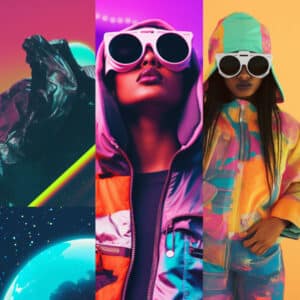
It’s a vibrant, kaleidoscopic trend that draws viewers in with its bold colors and dynamic patterns.
This trend is particularly popular in the music and fashion industries, where it offers a distinctive and visually engaging aesthetic.
Mixed Dimension
Another significant trend in 2023 is the use of mixed dimensions in graphic design. This involves combining digital illustrations with real-life photography to create unique, eye-catching designs. By blending different visual elements, designers can create a sense of depth and intrigue, challenging the viewer’s perception of reality.
Acid Graphics
Acid graphics, inspired by the Y2K grunge and gothic subculture, are known for their bold, distorted designs. This trend often involves using computer glitches and other digital distortions to create designs with a rebellious, edgy aesthetic. Acid graphics push the boundaries of traditional design, offering a more experimental and avant-garde approach to visual aesthetics.
Experimental Escapism
As the name suggests, experimental escapism is all about pushing the boundaries of reality through design. This trend often involves using technological experiments to create imaginative landscapes and surreal scenes. It’s a form of escapism that allows designers and viewers alike to explore new worlds and experiences through design.
As the world of graphic design continues to embrace the surreal and the abstract, NFT design is becoming a key player in experimental escapism. By creating digital art that exists purely in virtual spaces, designers are challenging the very concept of reality and ownership, allowing for entirely new experiences in design.
Punk Revival
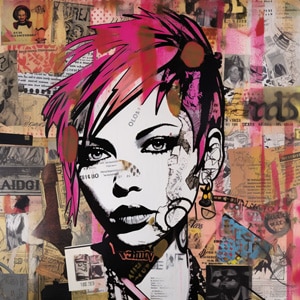
This style is marked by chaotic collages, rebellious motifs, and a raw, unrefined aesthetic that challenges mainstream design norms.
It is a visual representation of rebellion against the status quo, echoing the punk movement’s spirit.
Complex Compositions
Complex compositions are another trend gaining traction in 2023. These designs involve the use of multiple scenes or elements to tell a story or convey a message. Through visual storytelling, designers can create cohesive visuals that engage viewers on multiple levels. It’s a testament to the power of design in communicating complex ideas and narratives.
Abstract Gradients
Rounding out our list of 2023 graphic design trends are abstract gradients. This trend involves the use of color transitions, oblong forms, and effervescent coloring to create visually striking designs. Abstract gradients offer a modern, dynamic aesthetic that can add depth and interest to any design.
Graphic Design Tools
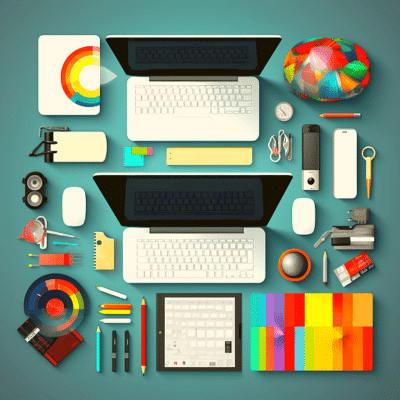
The field of graphic design is powered by a range of innovative tools that help designers bring their creative visions to life. From industry-standard software to cutting-edge digital platforms, these tools provide the functionality needed to create stunning visual designs. Here are the top 10 graphic design tools in 2023, including the increasingly popular Midjourney.
1. Adobe Creative Cloud
Adobe Creative Cloud remains the industry standard for graphic design. This suite of tools, including Photoshop, Illustrator, and InDesign, provides designers with a comprehensive range of capabilities, from photo editing and vector art to layout design and typography.
2. Sketch
Sketch is a vector-based design tool renowned for its user-friendly interface and powerful features. Particularly popular among web and user interface designers, Sketch offers precision and flexibility, making it an excellent choice for designing digital products.
3. Midjourney
Midjourney is a rising star in the graphic design software sphere. It stands out with its intuitive and user-friendly interface, along with a suite of tools that cater to both novice and experienced designers. Its cloud-based platform allows for real-time collaboration, making it an ideal choice for team projects.
4. Procreate
Procreate, a powerful digital illustration app designed for the iPad, is loved by artists and designers alike. With its responsive brushes, robust layer system, and an array of tools and effects, Procreate offers an immersive design experience.
5. Canva
Canva’s easy-to-use platform and wide range of templates make it a popular choice for non-designers and professionals alike. Canva is web-based and offers a vast library of fonts, stock photos, and graphics, making it a versatile tool for quick design tasks.
6. Figma
Figma is a cloud-based design tool known for its collaborative capabilities. It’s particularly popular for UI and UX design, allowing multiple designers to work on a project simultaneously. Figma’s vector tools and prototyping features also make it a standout choice for web and app design.
7. CorelDRAW
CorelDRAW is a vector graphics editor that’s been a mainstay in the design industry for years. It offers a suite of tools for illustration, layout, photo editing, and typography. It’s known for its powerful features and precision, making it an excellent choice for detailed design work.
8. InVision Studio
InVision Studio is a UI tool designed for creating interactive and animated interfaces. It provides designers with an integrated solution for design and prototyping. The platform is especially useful for designers working on user interface and user experience projects.
9. Affinity Designer
Affinity Designer is a professional design software offering vector graphic design and layout capabilities. Known for its speed and precision, it’s an excellent tool for creating detailed and complex designs. Affinity Designer supports both raster and vector workspaces and is appreciated for its one-time purchase model.
10. Gravit Designer
Gravit Designer is a free, full-featured vector graphic design app suitable for all manner of jobs, from screen and icon designs to presentations, illustration, and animation. It’s an excellent tool for designers on a budget who don’t want to compromise on functionality.
These tools reflect the diverse needs of the graphic design industry, providing a range of capabilities for different types of design work. Whether you’re a professional graphic designer, a digital artist, or a design enthusiast, these tools can help you create stunning and impactful designs.
The Future of Graphic Design
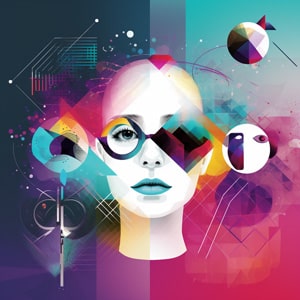
Here are some predictions for what we can expect from the future of graphic design:
1. More Immersive Experiences
With the rise of virtual reality (VR) and augmented reality (AR), we can expect graphic design to become even more immersive. These technologies provide new platforms and possibilities for designers, allowing them to create designs that interact with users in innovative ways.
2. AI and Machine Learning
Artificial Intelligence (AI) and Machine Learning are already making a significant impact across various industries, and graphic design is no exception. These technologies could automate some design processes, offer predictive design suggestions, and even create simple designs independently. However, the creative intuition and problem-solving capabilities of human designers will remain essential.
3. Personalization
As data collection becomes more sophisticated, so too does the potential for personalized design. This means that designs will not just be responsive in terms of device size, but also in terms of user behavior and preferences. This level of personalization can enhance user engagement and improve the overall user experience.
4. Sustainability in Design
As environmental concerns continue to grow, sustainability is becoming an increasingly important factor in design. This could influence not only the content of designs but also the processes behind them. We can expect to see more eco-friendly design practices, from choosing sustainable materials for print design to optimizing digital designs for energy efficiency.
5. Motion and Interactivity
Motion design and interactive elements are set to play an even bigger role in the future of graphic design. From micro-animations on websites to interactive infographics, these dynamic elements can make designs more engaging and improve user interaction.
6. 3D Design
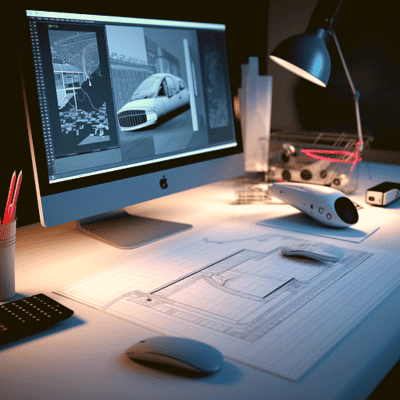
7. Evolution of Remote Collaboration
The trend of remote work is likely to continue influencing the design industry. Tools for real-time collaboration, like Midjourney, will continue to improve, making it easier for design teams to collaborate effectively from different locations.
These are just a few of the ways the future of graphic design could unfold. No matter how technology or trends change, the core of graphic design will remain the same: to communicate ideas effectively and creatively. The evolution of graphic design will continue to be driven by the need to connect with audiences in meaningful and engaging ways.
Conclusion
The world of graphic design is ever-evolving, and the trends of 2023 reflect the industry’s creativity and adaptability. Whether it’s the mystical symbolism of astrology-inspired designs or the rebellious spirit of punk revival, these trends offer a glimpse into the future of design.
They are a testament to the power of graphic design in shaping our visual landscape, reflecting societal changes, and influencing our perceptions of the world. As we continue through the year, it will be fascinating to see how these trends evolve and what new movements emerge.

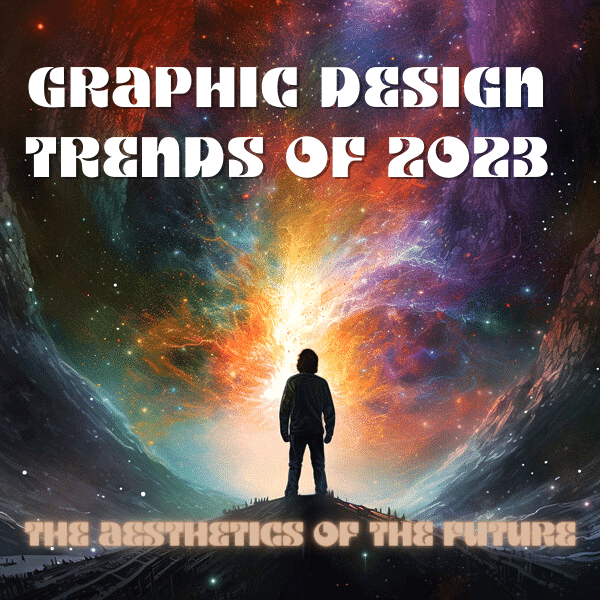



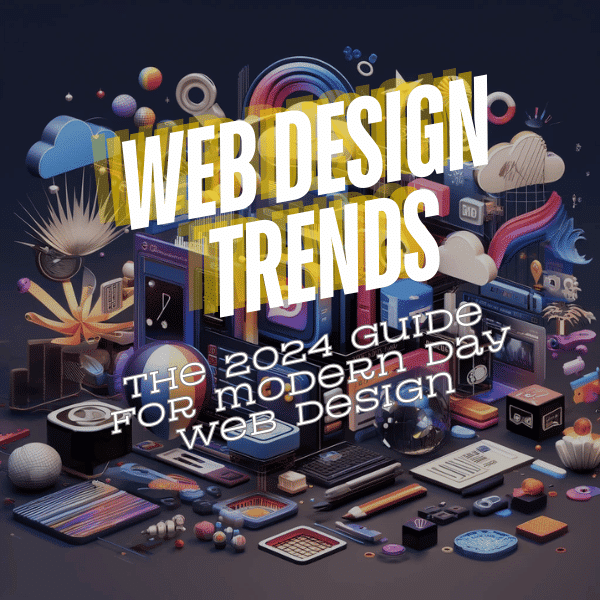
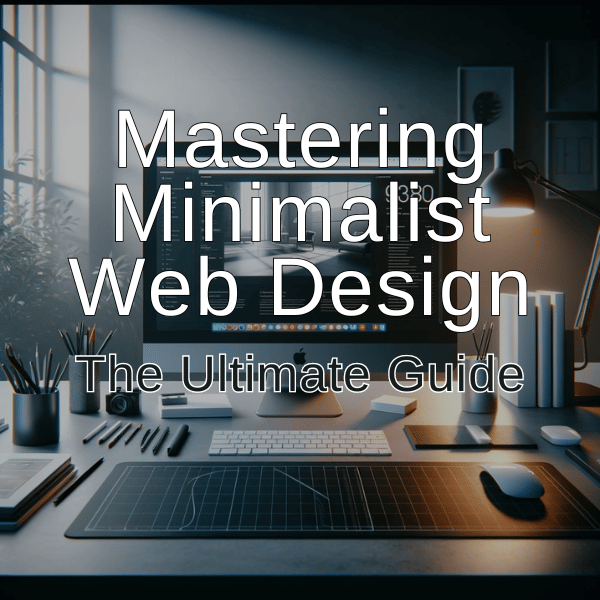

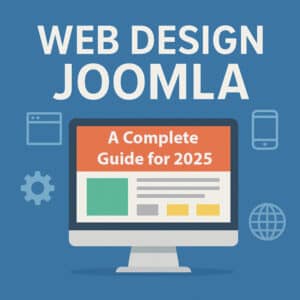
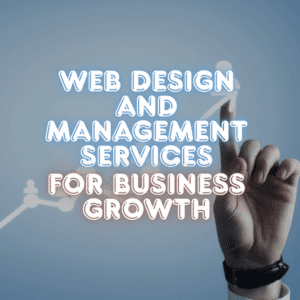
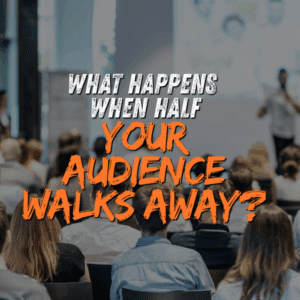
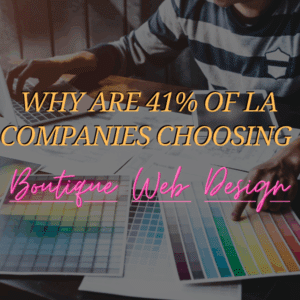
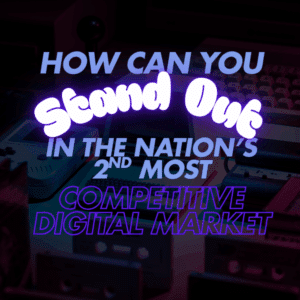
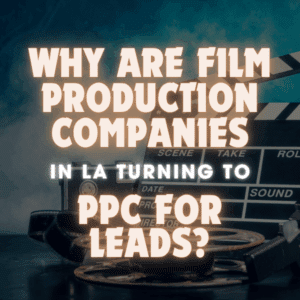
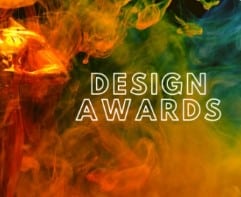
4 Comments
Very nice informative and impressive post you have written, this is quite interesting
Thanks Daniel!
Thanks for Sharing useful insights.
I hope this trends will help us in our graphic design work. Thank you for sharing it.